Iran was one of the great ancient civilizations and has a rich visual tradition that stretches back thousands of years. Nature has played a central role in the development of Iranian identity and is a central motif in much of its visual culture – and is still present in artistic practice today.
The exhibition includes artefacts from Iran’s earliest history, all the way through to contemporary art. With five thousand years’ worth of history stretching out before you, how does an exhibition team work out which stories to tell?
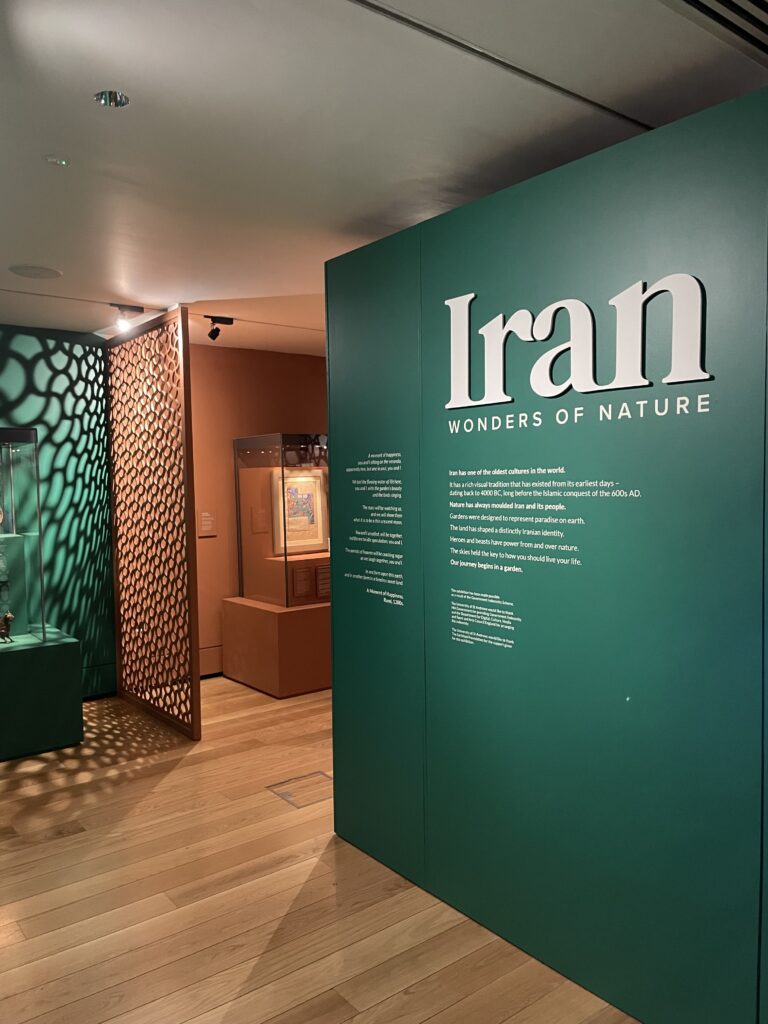
Objects and Stories
This exhibition would not have been possible without the generous loans of stunning material from the Sarikhani Collection, and one of the treasures of the University of Edinburgh, which are displayed alongside some of the treasures of our University Collections. The stories that are told in the exhibition are those that these objects had to tell us.
Advisory Panel
Dr Yusen Yu shared his research on Iranian art and culture, and its interplay with nature, in order for us to formulate stories and ideas around the objects we selected.
An Advisory Panel fed ideas into the exhibition development and acted as critical friends throughout the process. We’re very grateful to everyone who ensured that Iranian identity drove the way content is presented.
Contemplation
We want visitors to be able to slow down in the space, to experience the objects on a very personal and intimate level – as they would have been enjoyed throughout history. You’re able to get up close and personal with the objects and contemplate on poetry, music, and smells.
The Garden: Paradise on Earth
Our advisory panel told us that in the mind of every Iranian person, there is a garden. We realised there was only one place we could start our journey. The objects invite you to experience gatherings in a Persian garden – a little corner of paradise on earth.
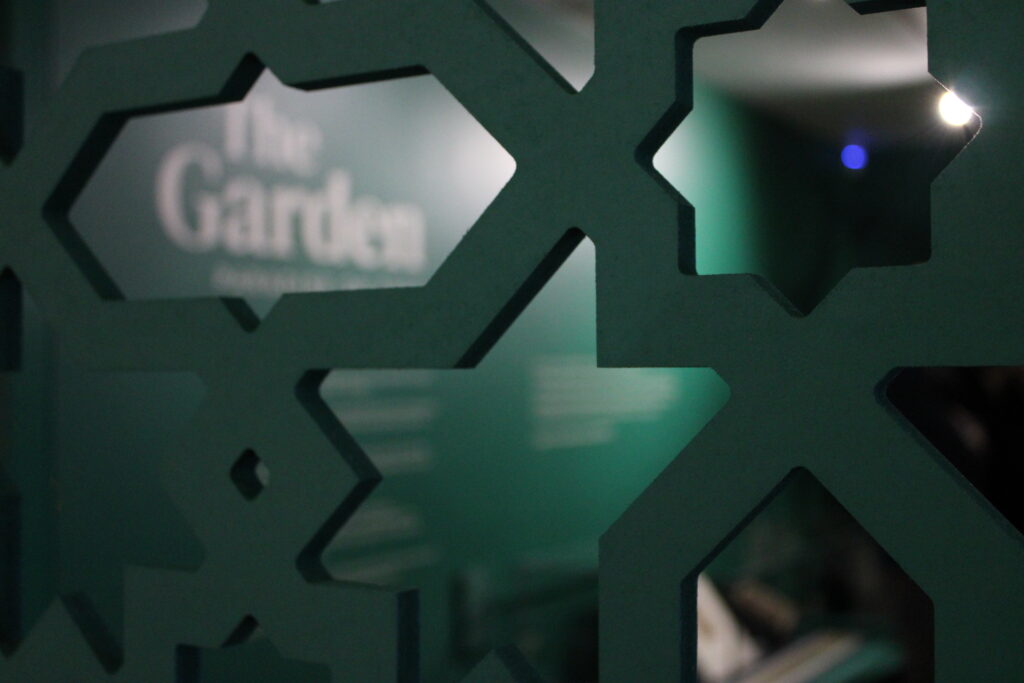
The Land: Shaper of Peoples
The physical makeup of Iran has shaped the identity of those who have lived there. The unique relationship between Iranians and the land has evolved to produce the concept of Iran-shahr or Iran-zamin, which means the Land of Iranians. The objects in this section demonstrate Iran’s position on a cultural crossroads.
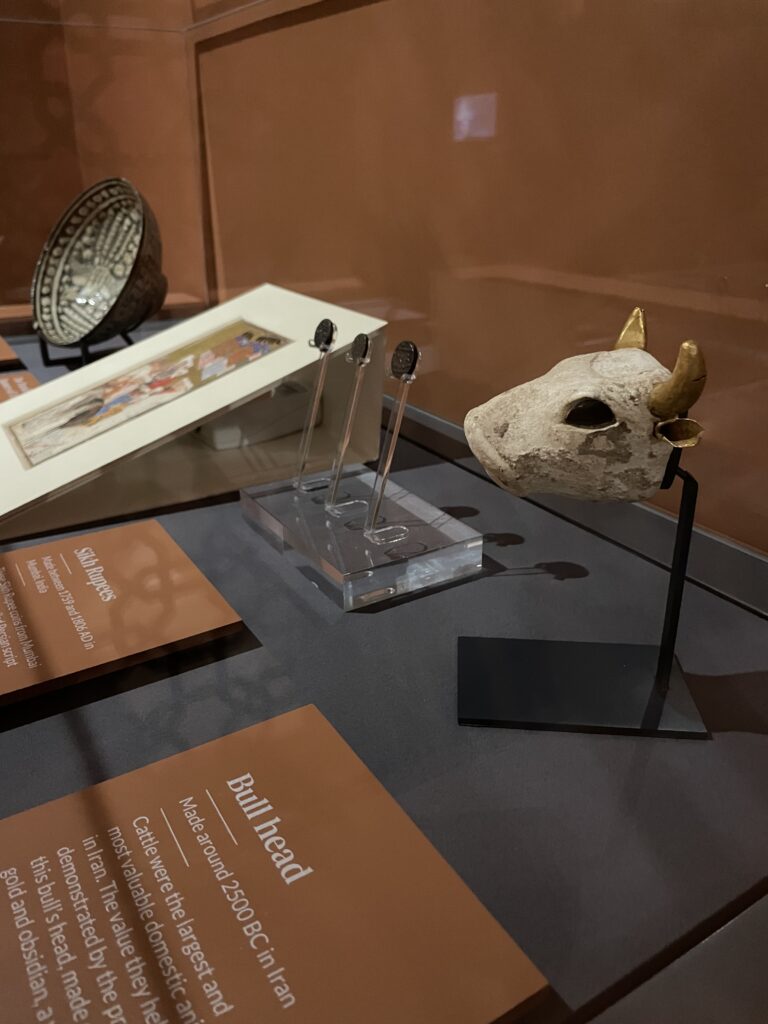
The Power of Nature: Heroes and Beasts
In the objects here, we see historical and mythical kings, heroes and beasts, who have power over the natural world. This dual inheritance – one historical and one mythological – is essential to the identity of the Iranian people and the boundaries between the two are often unclear.
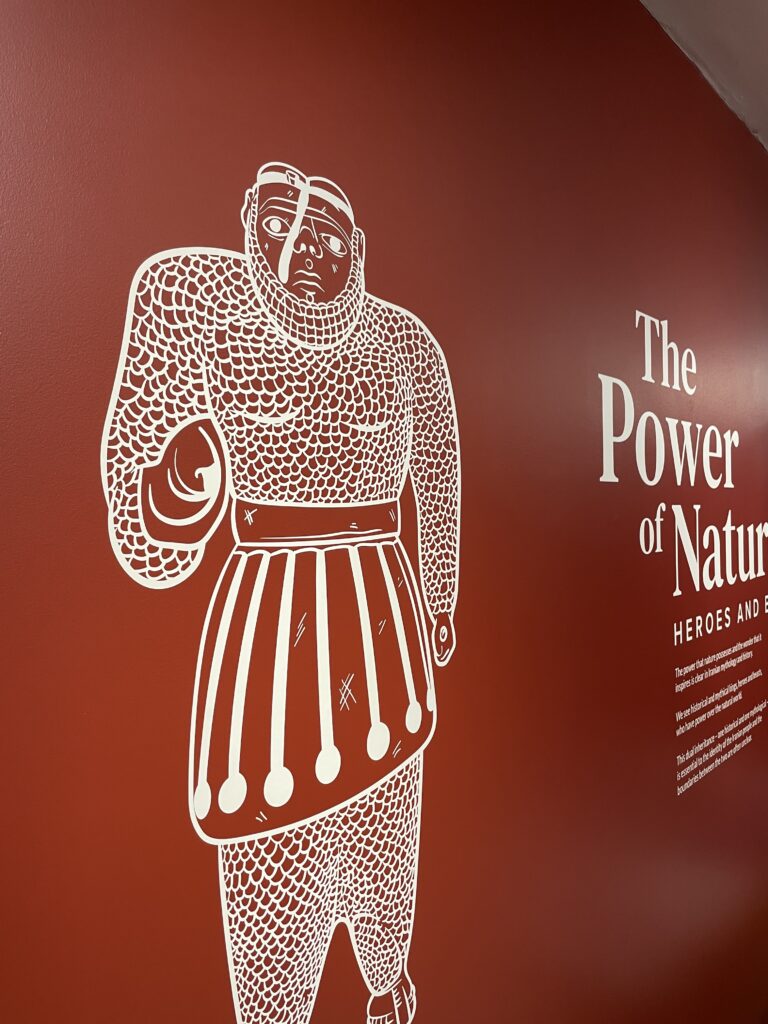
The Skies: The Order of the Universe
Cosmology – the way that the universe is ordered – has long played a central role in Iranian peoples’ understanding of their place in the world. The objects here speak to consulting the skies.
From the earliest times Iranians believed that the stars and planets influenced events on earth. This belief continued after the coming of Islam in the mid-600s as it found its echoes in Islamic Scriptures.
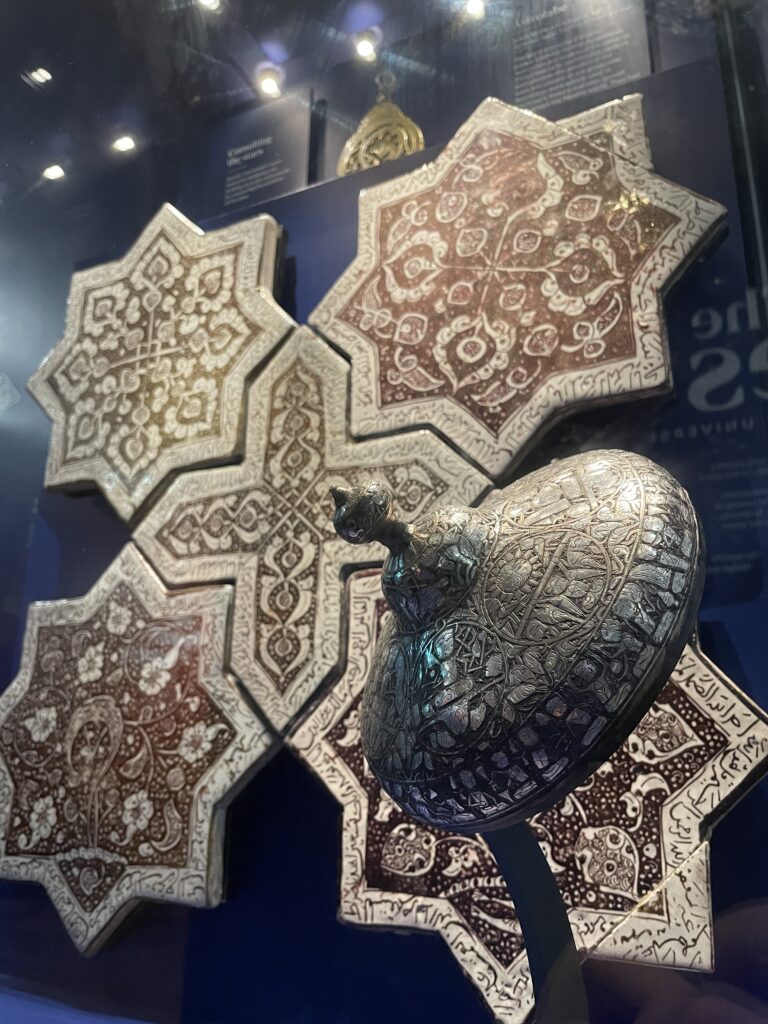
The Time of Butterflies
The exhibition is brought into the 21st century with the most recent of the works on display, which uses the beauty of nature to subtly comment on the brutality of the current Iranian regime.
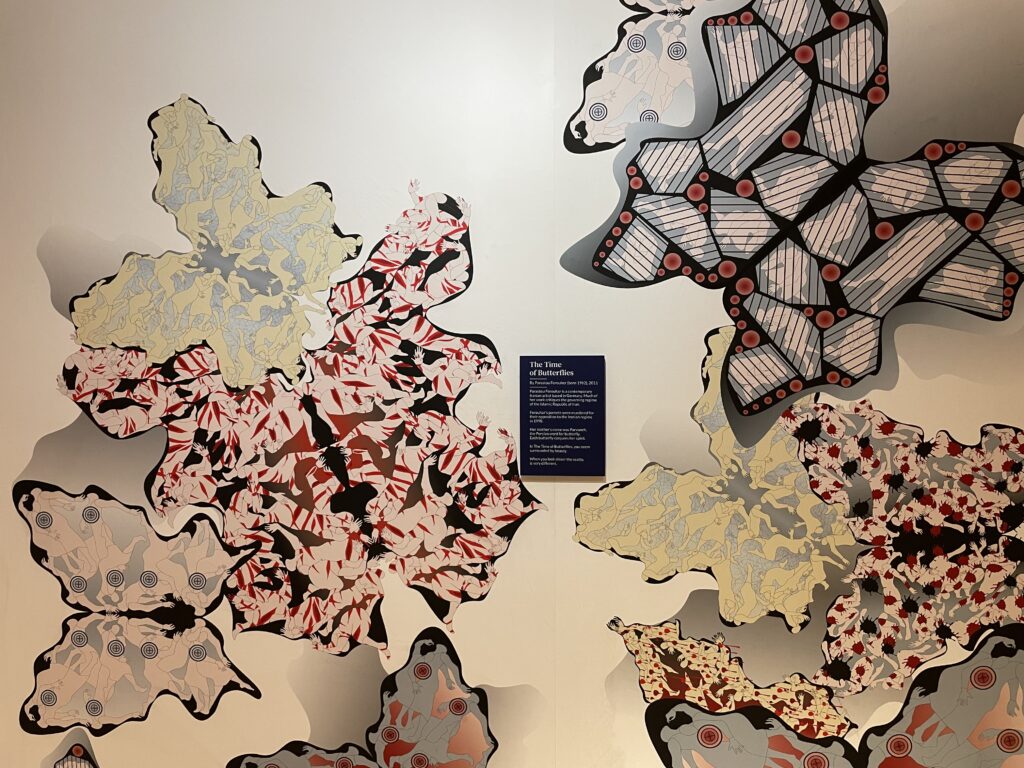
Iran: Wonders of Nature will on display at the Wardlaw Museum from Sunday 28 January until Sunday 12 May 2024. Entry is free. Full details can be found at Iran: Wonders of Nature (st-andrews.ac.uk)
Blog written by Eilidh Lawrence, Head of Collections, University of St Andrews Libraries and Museums